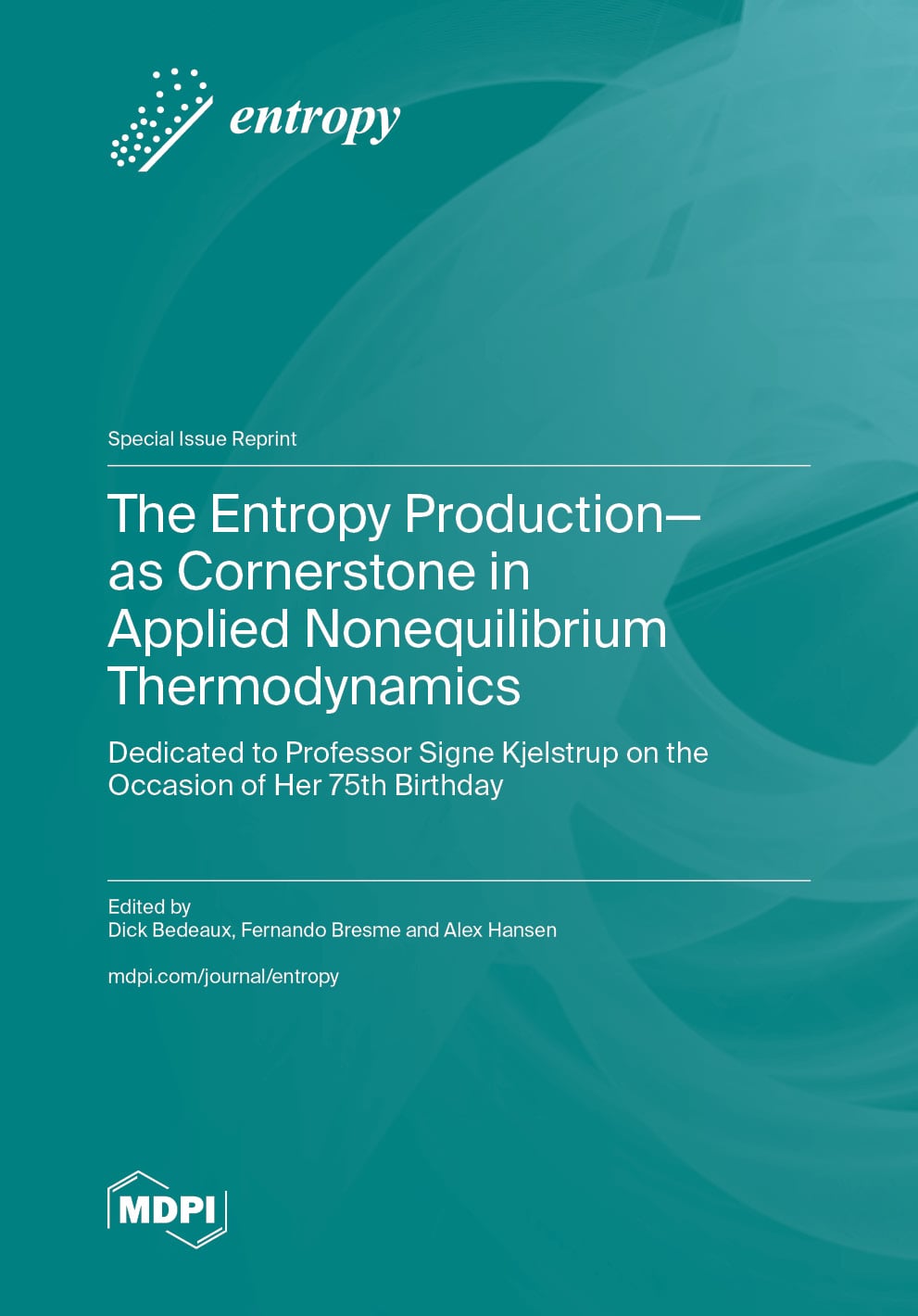- Article
Less for Better: A View Filter-Driven Graph Representation Fusion Network
- Yue Wang,
- Xibei Yang and
- Keyu Liu
- + 2 authors
Multi-view learning has recently gained considerable attention in graph representation learning as it enables the fusion of complementary information from multiple views to enhance representation quality. However, most existing studies neglect that irrelevant views may introduce noise and negatively affect representation quality. To address the issue, we propose a novel multi-view representation learning framework called a ew lter-driven graph representation fusion network, named . Following the “less for better” principle, the framework focuses on filtering informative views while discarding irrelevant ones. Specifically, an entropy-based adaptive view filter was designed to dynamically filter the most informative views by evaluating their feature–topology entropy characteristics, aiming to not only reduce irrelevance among views but also enhance their complementarity. In addition, to promote more effective fusion of informative views, we propose an optimized fusion mechanism that leverages the filtered views to identify the optimal integration strategy using a novel information gain function. Through extensive experiments on classification and clustering tasks, ViFi demonstrates clear performance advantages over existing state-of-the-art approaches.
24 December 2025





